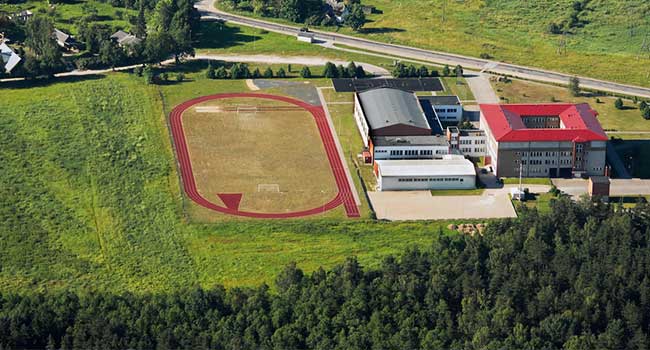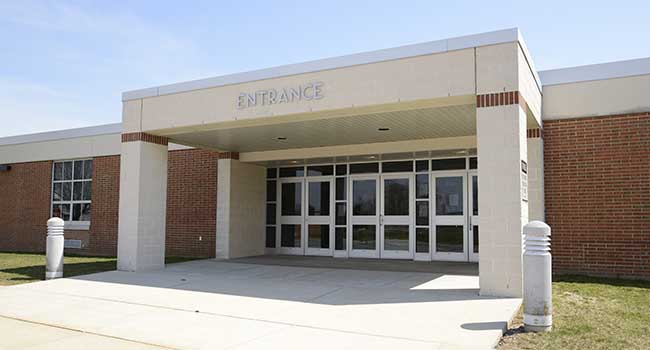
The Department of Homeland Security helps California school district to enhance campus security.
- By Sydny Shepard
- October 26, 2018

Dover School District is implementing a new visitor management system and enhancing video surveillance.
- By Sydny Shepard
- October 26, 2018

Students at three universities can now access their student ID cards on their iPhone.
- By Sydny Shepard
- October 23, 2018

Stanford University has increased access control on campus.
- By Sydny Shepard
- October 23, 2018

Charlotte-Mecklenburg Schools plan to make schools safer in the aftermath of mass shootings.
- By Sydny Shepard
- October 18, 2018
- By Sydny Shepard
- October 17, 2018

After receiving approval from the district’s school board last summer, Lufkin High has become the first East Texas school to install keyless entry fingerprint scanners at campus entry points.
- By Jessica Davis
- October 16, 2018

Swain County school leaders plan to use $4.7 million in state grant money to help build high school classrooms and beef up security.
- By Sydny Shepard
- October 16, 2018

For Anderson Community Schools in Anderson, Indiana, campus security begins at the door, as the district’s campus safety plan focuses on access control.
- By Jessica Davis
- October 08, 2018